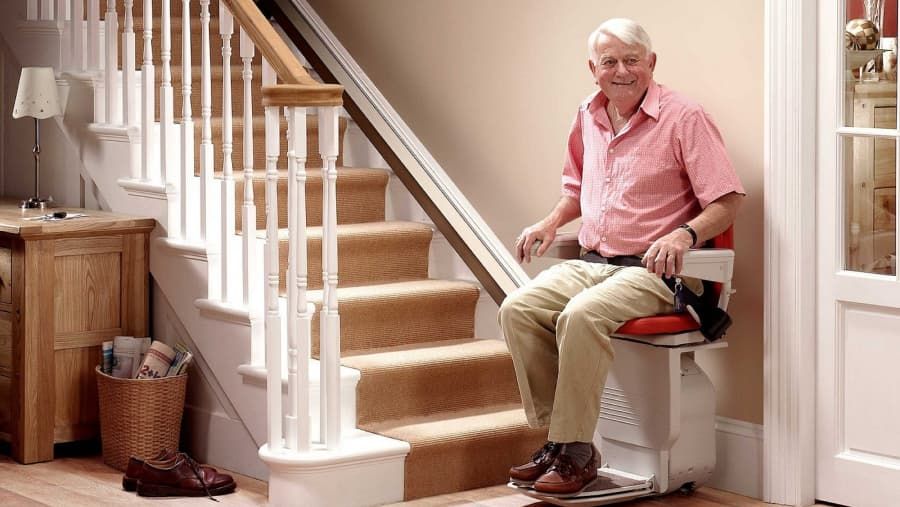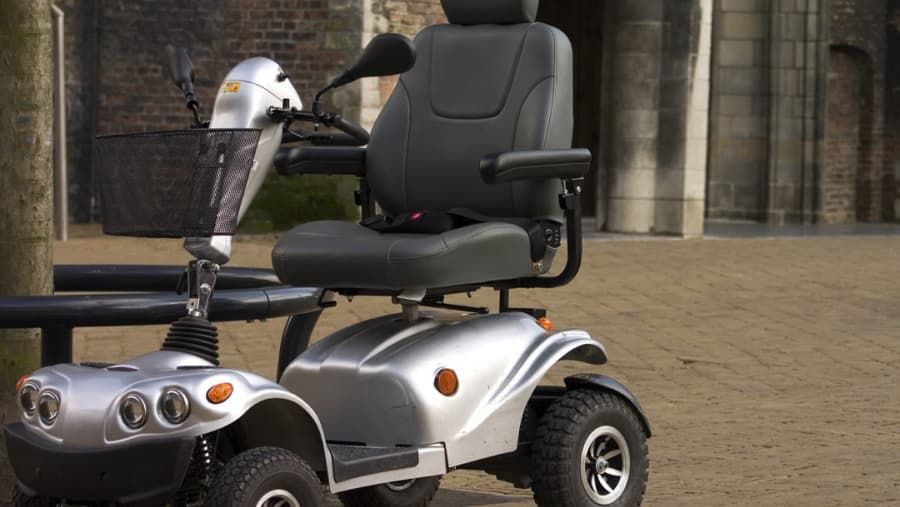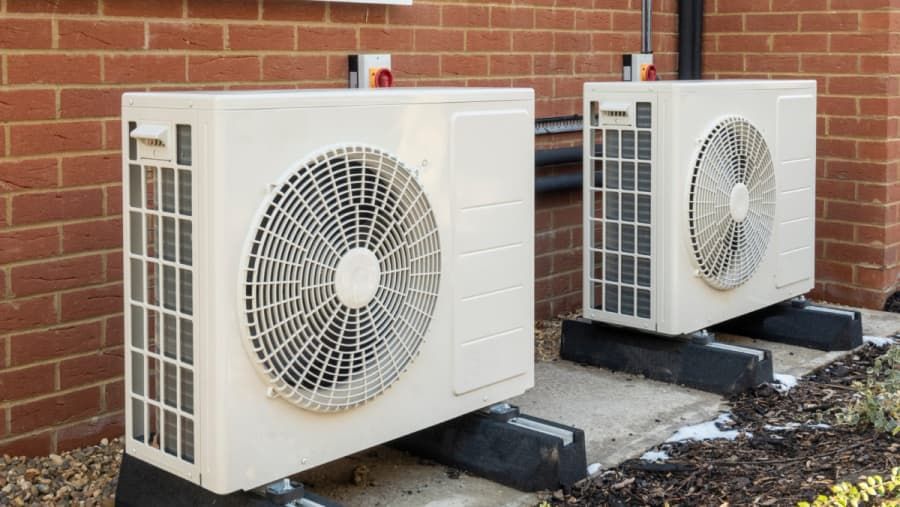no-installation stairlifts - solutions for difficult staircases
Causes and dangers of difficulty climbing stairs
Climbing stairs, although a common daily activity, can pose certain dangers, especially for people with mobility or health problems. In this article, we will look at the dangers of climbing stairs and the solutions recommended by the author, which are described in detail.

Climbing stairs can put more pressure on the knee joints, and prolonged stair climbing or climbing stairs with weight bearing and poor posture can aggravate knee injuries. Climbing stairs can also lead to muscle and ligament strain, and long-term fatigue can damage tendons and leg muscles, causing joint pain. And excessive stair climbing can lead to insufficient blood and qi, shortness of breath, panic and dizziness. Of course, stairs carry their own risk of falls, especially if they are steep, uneven, poorly lit or have no handrails. Falling on stairs can result in broken bones, sprains and other injuries.
For older adults, a number of side effects of ageing can make climbing stairs difficult. Ageing usually leads to loss of muscle and strength, with muscle weakness making it difficult to climb stairs. Studies have shown that difficulty climbing stairs is more common in older adults, and the incidence increases with age. According to the Centers for Disease Control and Prevention (CDC), about one in four people age 65 and older falls each year, making falls the leading cause of fatal and non-fatal injuries among older adults. And about 95 percent of hip fractures are caused by falls, usually from stairs.
So to reduce these risks, it is important to take preventative measures, such as keeping stairs tidy and free of clutter and obstacles, encouraging regular exercise to build strength, balance and coordination, and using mobility aids or assistive devices where necessary. Here we recommend the option of a no-installation stair lift.
What is a no-installation stair lift?
A no-installation stair lift is a portable lifting device often used to provide a temporary stair access solution without the need for permanent installation. These lifts can be quickly installed and removed as required to provide convenient access in different locations and situations. Their main body can be a motorised seat attached to a bespoke balustrade mounted on the staircase. Equipped with intelligent control systems, some brands of no-installation stairlifts will be customised to create a lift that fits your staircase.
Installation-free Stairlifts Applicable Scenarios and Applicable Persons
Applicable scenarios:
1. Temporary venues: Installed stairlifts can be used in temporary venues where access ramps or permanent installations are not feasible or necessary. For example, they can be used at conferences, festivals or outdoor events held in venues with stairways.
2. In emergencies: In an emergency situation where a person with reduced mobility needs to be evacuated from a building with stairs, a portable stairlift can provide a quick, temporary solution for safe evacuation.
3. In rented accommodation: People with mobility impairments living in holiday homes or temporary accommodation with stairs can benefit from a stairlift-free installation to get around comfortably for the duration of their tenancy.
Applicable groups:
1. people with temporary mobility impairments: people recovering from surgery or injury who have temporary difficulty with stairs can use installation-free stairlifts during their recovery.
2. wheelchair users: some models of installation-free stairlifts are designed for wheelchair users, allowing them to access areas with stairs without having to transfer from their wheelchair.
3. elderly people with reduced mobility: elderly people with reduced mobility can use portable stairlifts to maintain their independence and access areas on different floors to avoid injuries associated with climbing stairs.
Advantages of a no-installation stairlift
1. Portable design: no-installation stairlifts are usually designed to be lightweight, collapsible or detachable, making them easy to transport and store. This allows them to be used flexibly in different locations and situations.
2. Quick to set up: These lifts do not require a complicated installation process, just a quick set-up when needed. They can therefore provide temporary access solutions in a short space of time, saving time and manpower.
3. No permanent installation required: Non-installed lifts do not require permanent modification or installation of stairs or walls and can be easily removed when not required, without causing permanent changes to the building structure.
4. Wide applicability: These lifts can be adapted to different types of stairs, including straight, curved and spiral stairs. Some models can also be adapted to different stair heights and gradients, making them useful in different environments.
5. Safety and security: Installed lifts are usually fitted with several safety features, such as emergency stop buttons, safety belts or handrails, to ensure the safety of users during use. These features help to reduce the incidence of accidents and injuries.
Guess you like
-

Cheap Mobility Scooters for US Seniors
-

Where to Find All-Inclusive Luxury Overwater Bungalows Without Straining Your Budget
-

How to Choose the Right Online Marketing Degree
-

Unlock Affordable High-Speed Internet for Businesses
-

Why We Need Cybersecurity Software to Protect Our Data
-

Heat Pumps: A Wise Choice for Heating Old Buildings?



